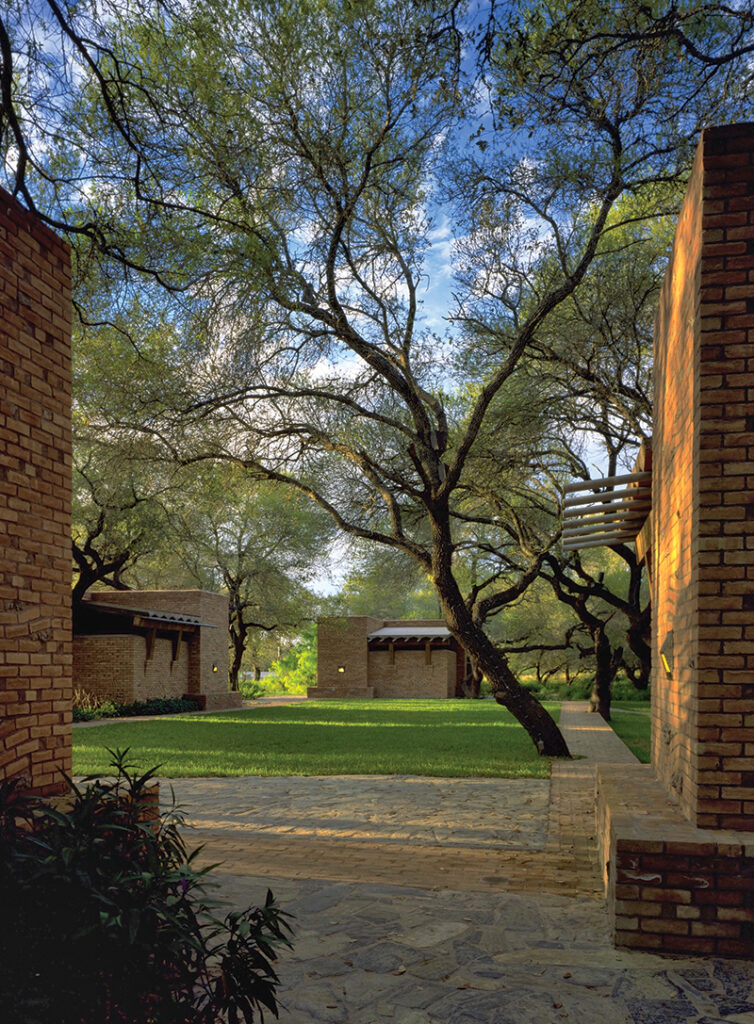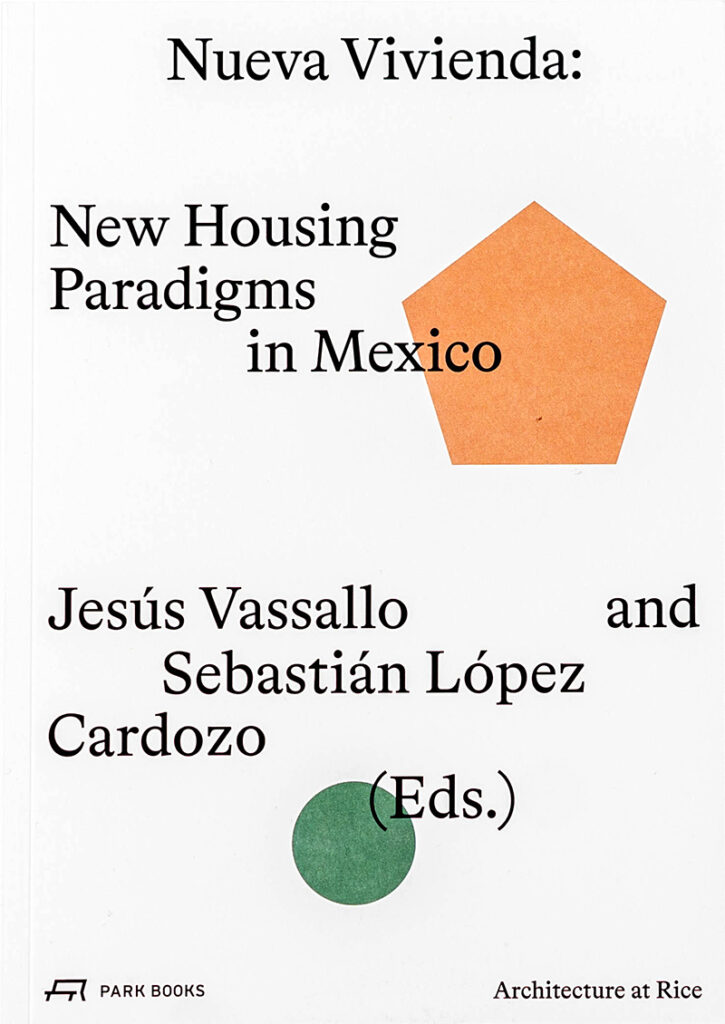

The Big Squeeze
It’s impossible to ignore the incredible growth of Texas cities over the past decade. Houston, Dallas, San Antonio, and Austin have all ranked among the fastest-growing cities in the U.S. A booming economy, job opportunities in the energy and tech sectors, warm weather, no income tax, and a relatively affordable cost of living compared to coastal cities are often cited as some of the forces driving this influx of newcomers. This growth has captured the attention of even national media, as seen in articles like The New Yorker’s “The Astonishing Transformation of Austin,” published in February of this year. And while this development comes with many upsides, the popularity of the Lone Star State brings its own set of challenges that threaten the cultural and historical fabric of our cities.
Rising housing costs are one of the most potent forces altering not only the faces of our cities but also the faces in our cities. An onslaught of cheaply made “luxury” multifamily residences have changed the physical form of many of our urban and suburban spaces. And while creating higher density housing is certainly part of the equation in addressing our national housing shortage, these projects are typically offered at prices that are unaffordable to many longtime neighborhood residents, forcing them to relocate and often segregating communities in the process. (You can read more about this phenomenon in the Q&A with Richard and Leah Rothstein on page 70.)
Academic institutions in the state are shining a spotlight on the issue of housing affordability, too. This past spring, Rice Architecture hosted a symposium entitled “More Than Fifteen Years: Six Takes on Housing After the Neoliberal Turn.” The event was structured around six presentations by Swiss architects who are examining the balance between social responsibility and profit maximization in their work. In November, the UT Austin School of Architecture will host “Radical Middle Grounds: New Agendas for Medium-Density Housing,” a symposium that “explores housing beyond the established extremes of (suburban) house and (urban) apartment as an incubator for new forms of (co)habitation and urban morphology.”
Housing affordability is an issue that is affected by governance across all scales — from policies set by the Federal Reserve to municipal codes and neighborhood plans. But designers also have a part to play. As a summary of the “More Than Fifteen Years” symposium aptly states: “Housing is all too often neglected as a design problem in the United States. Its advancement is left to investors and developers, who treat housing as a commodity, to be depreciated over only fifteen years. … What if we designed and built more responsibly, with fewer resources, and for a shared future beyond the cycle of fifteen years?” It’s time that we more deeply examine the societal systems in place that are limiting equitable access to housing and the role of design in correcting this imbalance. I hope that the issue before you will help to facilitate conversations like these.

Anastasia Calhoun, Assoc. AIA, NOMA, is the editor of Texas Architect.
Also from this issue
























